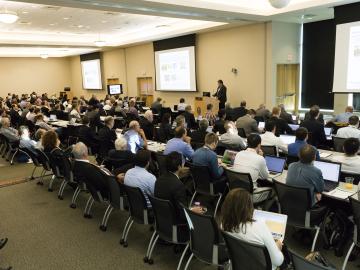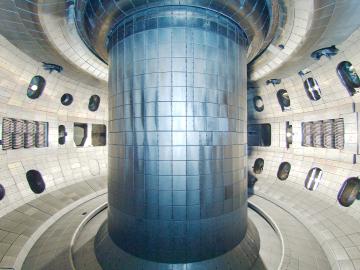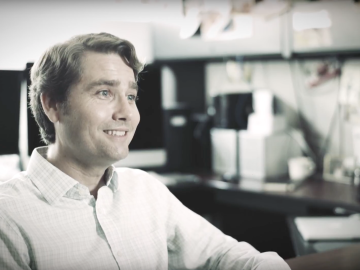Filter News
Area of Research
- (-) National Security (25)
- (-) Nuclear Science and Technology (6)
- Advanced Manufacturing (6)
- Biological Systems (2)
- Biology and Environment (59)
- Biology and Soft Matter (1)
- Building Technologies (2)
- Clean Energy (90)
- Climate and Environmental Systems (1)
- Computational Biology (1)
- Computer Science (1)
- Data (1)
- Electricity and Smart Grid (1)
- Fossil Energy (1)
- Functional Materials for Energy (2)
- Fusion and Fission (15)
- Isotope Development and Production (1)
- Isotopes (3)
- Materials (64)
- Materials for Computing (6)
- Neutron Science (31)
- Renewable Energy (1)
- Sensors and Controls (1)
- Supercomputing (56)
- Transportation Systems (1)
News Topics
- 3-D Printing/Advanced Manufacturing (1)
- Artificial Intelligence (3)
- Big Data (2)
- Bioenergy (2)
- Biology (4)
- Biomedical (2)
- Biotechnology (1)
- Buildings (1)
- Chemical Sciences (2)
- Climate Change (4)
- Computer Science (7)
- Coronavirus (1)
- Cybersecurity (5)
- Decarbonization (1)
- Energy Storage (1)
- Environment (1)
- Exascale Computing (1)
- Frontier (1)
- Grid (3)
- High-Performance Computing (1)
- Machine Learning (4)
- Materials (1)
- National Security (13)
- Neutron Science (3)
- Partnerships (1)
- Physics (2)
- Security (3)
- Simulation (1)
- Summit (1)
- Sustainable Energy (1)
Media Contacts

Unequal access to modern infrastructure is a feature of growing cities, according to a study published this week in the Proceedings of the National Academy of Sciences

ORNL scientists had a problem mapping the genomes of bacteria to better understand the origins of their physical traits and improve their function for bioenergy production.

Every day, hundreds of thousands of commuters across the country travel from houses, apartments and other residential spaces to commercial buildings — from offices and schools to gyms and grocery stores.

Three ORNL scientists have been elected fellows of the American Association for the Advancement of Science, or AAAS, the world’s largest general scientific society and publisher of the Science family of journals.

ORNL’s Budhendra “Budhu” Bhaduri has been elected a fellow of the American Association of Geographers. The honor recognizes Bhaduri as “a world leader in innovation, development and application of research in human dynamics, geographic data science, remote sensing and scalable geocomputation.”

The third annual Molten Salt Reactor Workshop allowed leading voices on advanced reactors—including scientists from the national laboratory system, the Nuclear Regulatory Commission, reactor design firms and universities—to discuss current efforts in molten salt reactor work and pu...

For many scientists and engineers, the first real test of their mettle comes not in a classroom, but in a lab or the field, where hands-on experience can teach volumes. For Susan Hogle, that hands-on experience just happened to be with material that was too hot to handle—literally....

After more than a year of operation at the Department of Energy’s (DOE’s) Oak Ridge National Laboratory (ORNL), the COHERENT experiment, using the world’s smallest neutrino detector, has found a big fingerprint of the elusive, electrically neutral particles that interact only weakly with matter.






